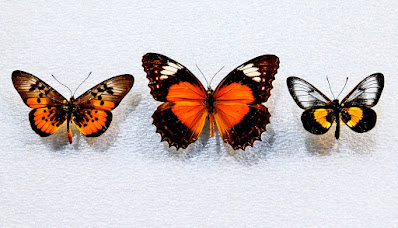WATER LILY GENOME HOLDS CLUES TO FLOWER PLANT EVOLUTION
The genome series of a sprinkle lily sheds light on the very early development of angiosperms, the team of all blooming plants.
Scientists used high-throughput next-generation sequencing technology to read out the sprinkle lily's (Nymphaea colorata) genome and transcriptome—the set of all genetics revealed as RNAs.
The uncommon top quality and deepness of coverage of the series enabled the scientists to assemble the vast bulk of the genome right into 14 chromosomes and determine greater than 31 thousand protein-coding genetics. A paper explaining the series and succeeding evaluation shows up in the journal Nature.
"IF WE MAKE AN ANALOGY TO MAMMALIAN EVOLUTION, AMBORELLA HAS A SIMILAR POSITION TO THAT OF THE PLATYPUS AND OTHER EGG-LAYING MAMMALS."
ujian kesabaran untuk fans roma
"Sprinkle lilies have been a motivation to musicians such as Claude Monet because of their beauty and important to researchers because of their position close to the base of the transformative tree of all blooming plants," says among the leaders of the research group, Hong Ma, partner dean for research and development, research teacher of grow molecular biology, and teacher of biology at Penn Specify.
"I formerly added to the sequencing and evaluation of the genome of Amborella, which stands for the earliest branch to divide from various other blooming plants, but Amborella does not have big flashy colorful blossoms and attractive flower fragrance, both which offer to draw in pollinators in most teams of blooming plants. We were interested in the sprinkle lily genome to assist us understand how these characteristics evolved."
THE WATER LILY AND AMBORELLA
Transformative contrast of the sprinkle lily genome to the genomes of Amborella, various other angiosperms, and several gymnosperms—the team of seed-bearing plants that don't produce flowers—confirmed the position of Amborella, which shares some qualities with the gymnosperms, as the earliest of presently living angiosperms to divide from various other blooming plants. Sprinkle lilies were the next branch to diverge from a 3rd branch (Austrobaileyales, that includes celebrity anise) and a 4th huge team called the mesangiosperms, which includes over 99% of living blooming plants.
"If we make an example to mammalian development, Amborella has a comparable position to that of the platypus and various other egg-laying mammals," says Ma. "The platypus is a mammal because it feeds its young with milk, but it lays eggs such as birds or reptiles. Amborella, such as gymnosperms, has separate man and female plants, but the sprinkle lily has man and female reproductive components within a solitary blossom. This makes the sprinkle lily more just like the vast bulk of various other blooming plants, so having actually the genomes of both Amborella and sprinkle lily can help us to better analyze the transformative shift from gymnosperms to angiosperms."



